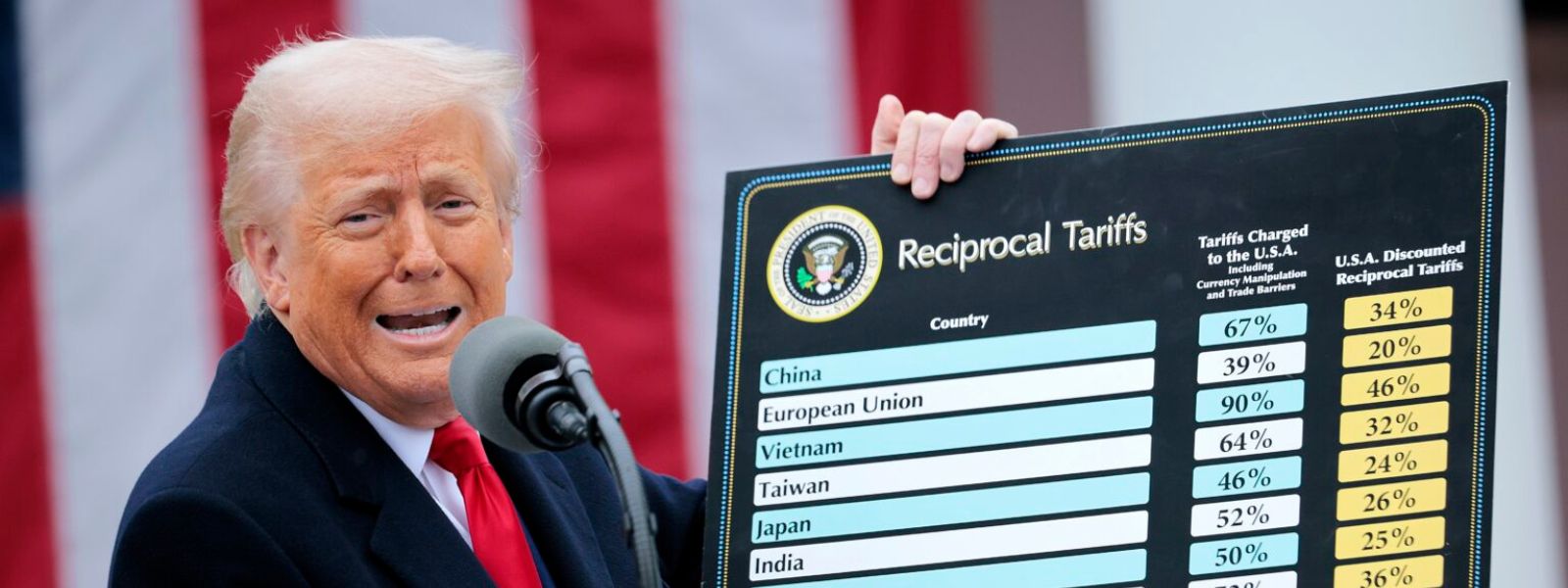.webp)

Trump’s Massive ‘Reciprocal’ Tariffs Now In Place
(CNN) Despite rattled financial markets, threats of retaliation and some of President Donald Trump’s biggest supporters encouraging him to back off his signature economic policy, he didn’t give in.
His administration piled on heaps of new “reciprocal” tariffs Wednesday (9) on dozens of American allies and adversaries alike, aiming to — as he claims — restore fairness and boost American manufacturing.
Goods from China, by far the biggest target, are now subject to at least a 104% tariff.
Trump tacked on even higher tariffs than initially announced after Beijing didn’t back off its promise to impose 34% retaliatory tariffs Tuesday (8).
The reciprocal rates, which aren’t exactly reciprocal, were calculated by dividing a country’s trade deficit with the US by its exports to the country and multiplying by 1/2. They range from 11% to a whopping 50%.
Barring Mexico and Canada, America’s other top trading partners were hardly spared in this round. The EU was hit with a 20% reciprocal tariff, China at 34%, Japan at 24%, Vietnam at 46% and South Korea at 25%.
Sri Lanka was slapped a 44% reciprocal tariff.
These new rates come just days after Trump imposed a 10% universal tariff on all countries’ imports, aside from Mexico and Canada. (The 10% rate is not additive for countries on the reciprocal tariff list.
Now, Americans and people across the world are set to pay a steep price.
Importers, not the countries Trump targeted, will pay the tariffs, and those costs often get passed onto wholesalers, retailers and ultimately consumers.
But businesses abroad won’t be off the hook either, with Americans likely to source goods from countries with lower tariff rates.
Ultimately, Trump’s tariffs threaten to escalate a global trade war.
China, already set to escalate its retaliation against US, vowed to double down even more. China’s Commerce Ministry said Tuesday (8) the country would “fight to the end” of the trade war.
Other Articles
Featured News





.png )
-787608_550x300.jpg)
-787574_550x300.jpg)


-787401_550x300.jpg)



-785316_550x300.jpg)



















.gif)